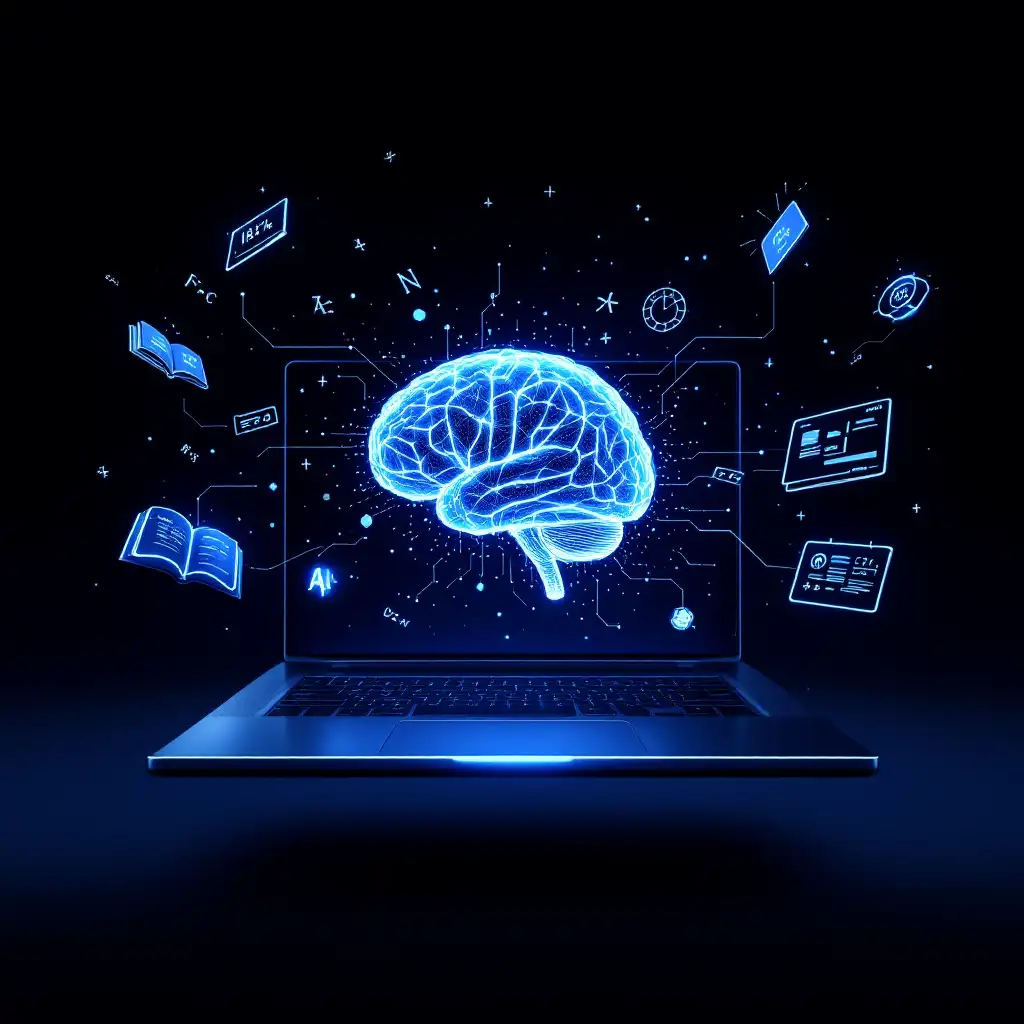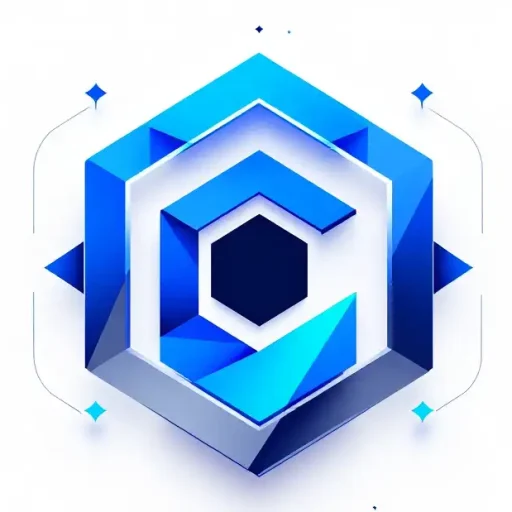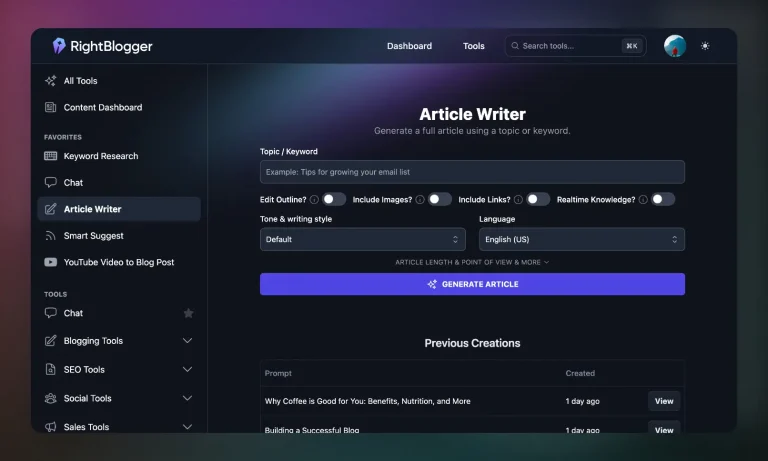In today’s digitally connected world, artificial intelligence in online education is revolutionizing how we teach, learn, and interact with knowledge. As classrooms shift from traditional settings to digital platforms, AI is no longer just a futuristic concept—it is becoming the backbone of innovative education. From personalized learning paths to automated virtual assistants, AI is reshaping education in ways that benefit both educators and learners.
Let’s explore how this cutting-edge technology is unlocking new possibilities for more inclusive, adaptive, and efficient education systems.

What Is Artificial Intelligence in Online Education?
At its core, artificial intelligence (AI) refers to machines or systems that simulate human intelligence to perform tasks such as problem-solving, pattern recognition, decision-making, and language understanding.
When applied to online education, AI can:
- Tailor lessons based on individual student needs
- Provide real-time feedback
- Automate administrative tasks
- Enhance student engagement through interactive tools
“AI doesn’t just support learning—it redefines it.”
— Dr. Rose Luckin, Professor of Learner Centred Design, UCL Institute of Education
Some of the most advanced platforms in online education, like Khan Academy, Coursera, and Duolingo, are already embedding AI features to improve learner outcomes.
The Rise of AI-Powered Learning Platforms
The surge in online learning, especially post-2020, has pushed AI-powered learning platforms into the spotlight. These platforms use algorithms to adjust content delivery, track user progress, and create dynamic assessments tailored to individual students.
Key features of AI-driven platforms include:
- Adaptive testing to assess real-time knowledge
- Customized quizzes based on previous performance
- Instant feedback and performance analytics
- Voice and text-based virtual tutors
Real-World Example: How Duolingo Uses AI
Duolingo leverages AI to enhance language learning by tracking mistakes, adjusting difficulty levels, and providing spaced repetition. Its AI models help the app identify words a user struggles with and reinforce them accordingly.
Benefits of Personalized Learning with AI
One of the most transformative aspects of AI in education is its ability to deliver personalized learning experiences. Unlike traditional classrooms, where one-size-fits-all instruction is common, AI enables students to progress at their own pace and in their own style.
Advantages of Personalized AI Learning
- Customized Content Delivery: AI identifies strengths and weaknesses to suggest personalized study plans.
- Improved Engagement: Students remain more involved when the material is tailored to their preferences.
- Greater Confidence: Learners are more likely to succeed when they receive material that matches their skill level.
- Higher Retention Rates: Tailored learning increases knowledge retention through repetition and application.
“One of the biggest benefits of AI is that it can make education more student-centered, adaptive, and personalized.”
— EdTech Magazine
To learn more about how personalization improves outcomes, check our article on Top 10 AI Tools for Educators.
AI as Virtual Teaching Assistants
AI doesn’t replace teachers—it empowers them.
AI-driven virtual teaching assistants are becoming a common feature on digital platforms. These assistants handle routine tasks, freeing up teachers to focus on higher-level interaction and instruction.
Key Functions of AI Teaching Assistants
- Grading Assignments: AI can grade multiple-choice, fill-in-the-blank, and even short-answer questions.
- Answering FAQs: AI chatbots can respond instantly to common student queries.
- Monitoring Progress: They can provide feedback on student engagement, time spent, and learning patterns.
Example: Socratic by Google
Socratic by Google is a mobile app powered by AI that helps students find solutions to academic problems. By scanning a question, it uses natural language processing and machine learning to return accurate, contextual answers.
Adaptive Learning Systems: A Closer Look
Adaptive learning systems rely on AI algorithms to interpret data from learners and adjust the content accordingly. These platforms continuously evolve the learning path based on real-time performance.
Core Components of Adaptive Learning
- Diagnostics and Placement
- Continuous Assessment and Feedback
- Customized Learning Paths
Adaptive systems are especially effective in STEM subjects, where learning often follows a structured progression.
Popular Tools Using Adaptive Learning:
- Knewton (adaptive learning engine)
- DreamBox Learning (math education for K–8 students)
- Smart Sparrow (interactive courseware platform)
These platforms demonstrate how AI can offer dynamic, learner-centered education, promoting independent learning and critical thinking.
Challenges and Limitations of AI in Education
Despite the promise, AI implementation in education is not without its challenges.
Common Issues
- Data Privacy and Security: AI requires access to vast amounts of student data, raising concerns over misuse and breaches.
- Bias in Algorithms: If not properly managed, AI systems may reinforce existing inequalities or stereotypes.
- Cost of Implementation: High-tech AI systems can be expensive, making them less accessible to underfunded institutions.
- Overreliance: Dependence on AI may reduce human interaction, which remains crucial in holistic education.
“We must ensure AI serves as a complement to human instruction—not a replacement.”
— EDUCAUSE Review (source)
Ethical Concerns in AI Education
AI decisions are not inherently ethical. There must be oversight mechanisms to ensure fairness, transparency, and accountability.
Best Practices for Ethical AI Use:
- Implement strict data governance policies
- Use open-source models for greater transparency
- Train educators in ethical AI practices
- Include student consent for data usage
Institutions must remain vigilant to prevent misuse and ensure equitable access to AI-driven solutions.
The Future of Artificial Intelligence in Online Learning
Looking ahead, the synergy between AI and education is set to deepen. Emerging technologies such as generative AI, predictive analytics, and immersive learning (AR/VR) are being integrated into online learning environments.
What to Expect in the Future:
- Hyper-Personalization: AI systems that learn not just what you learn, but how and why.
- Predictive Support: Identifying students at risk of dropping out based on behavior patterns.
- Voice-Activated Assistants: Integrated into LMS platforms for easier navigation and interaction.
- Augmented Reality: Merging AI with AR to create simulated classroom experiences.
The IBM Watson Education initiative is a prime example of how large tech companies are driving this evolution.
Conclusion: Embracing AI for Smarter Education
Artificial intelligence in online education isn’t a distant dream—it’s a present reality shaping the future of learning. With the ability to personalize education, automate repetitive tasks, and enhance learner outcomes, AI offers a powerful toolkit for educators and learners alike.
However, thoughtful implementation is key. As we embrace AI’s potential, we must also address its ethical, social, and technical limitations to build a more inclusive and effective educational system.
Whether you’re a teacher looking to optimize your virtual classroom or a learner seeking a smarter way to study, now is the time to explore the world of AI in education.
FAQs
1. Is AI replacing teachers in online education?
No. AI is a support tool that enhances the role of teachers by automating tasks and offering personalized student support. It does not replace human interaction.
2. How does AI personalize learning?
AI analyzes data from student behavior and performance to create customized learning paths, providing content that matches the student’s current level and learning style.
3. Is my data safe when using AI learning platforms?
Trusted platforms follow data protection regulations, but users should always review privacy policies and give consent before sharing personal information.
4. Are there any free AI-powered education tools?
Yes. Tools like Socratic by Google, Khan Academy, and Duolingo offer free access to AI-enhanced learning.
5. How can educators start integrating AI into their teaching?
Start by exploring platforms that offer AI-powered features, attend professional development workshops, and collaborate with EdTech professionals to find the right tools for your needs.



